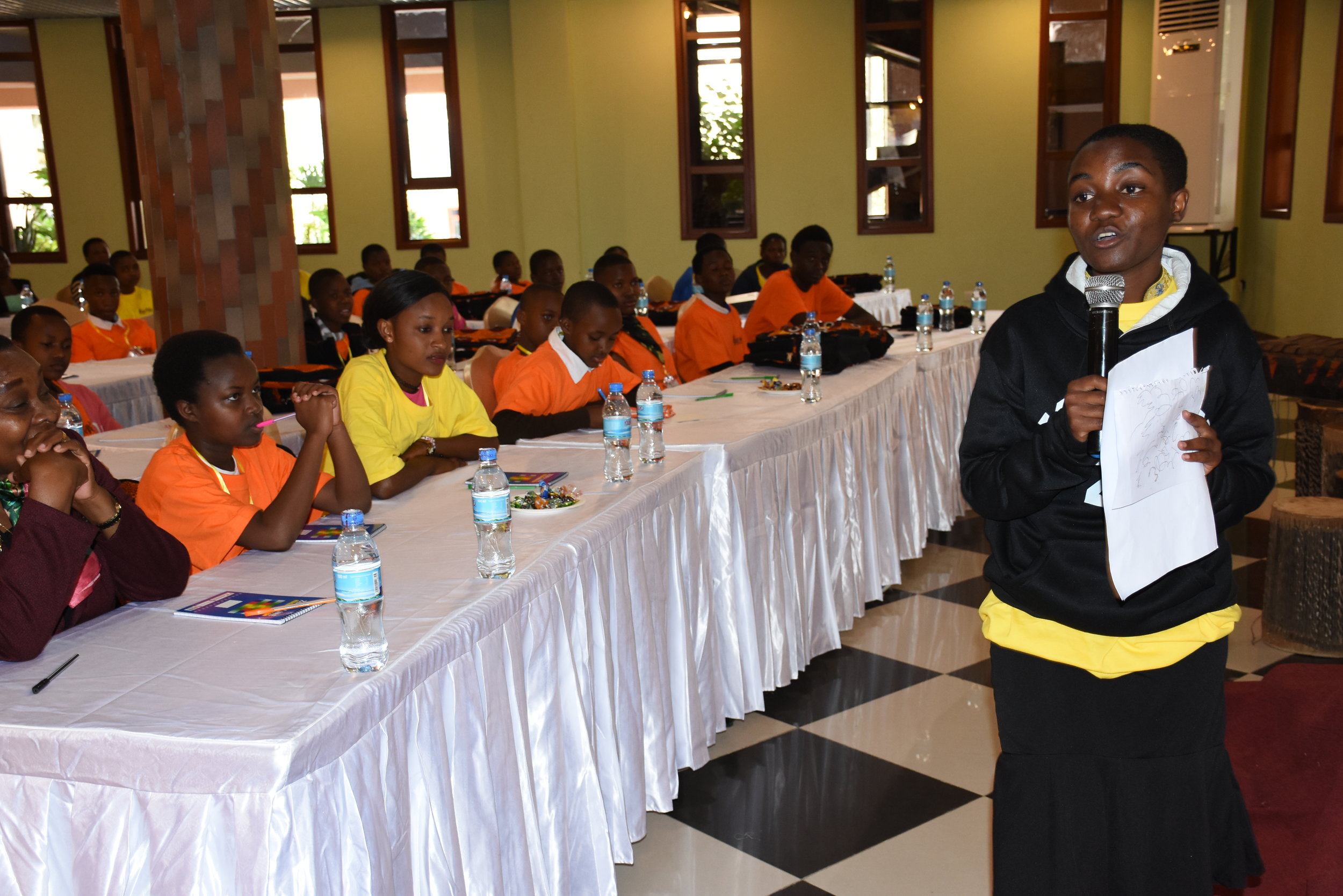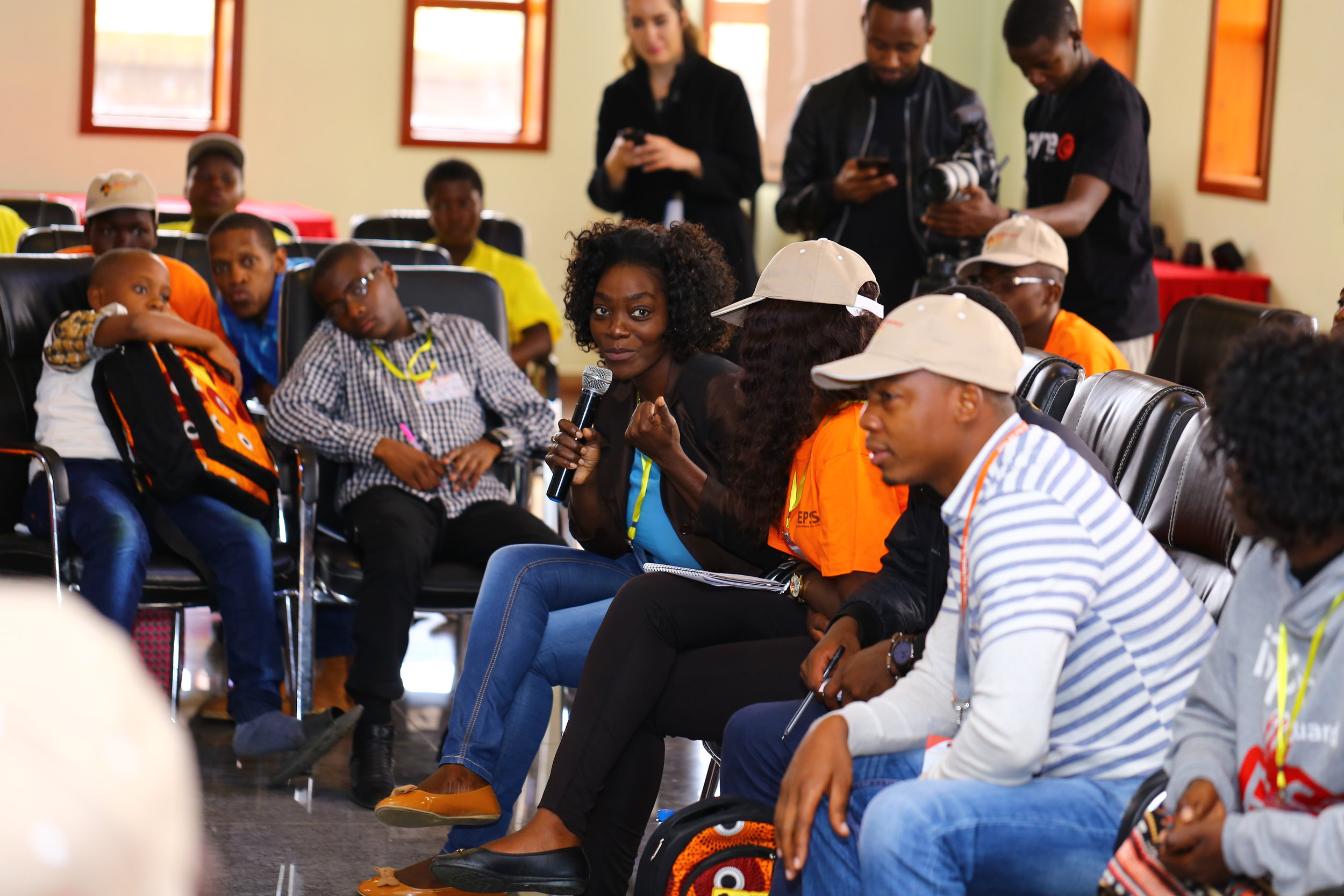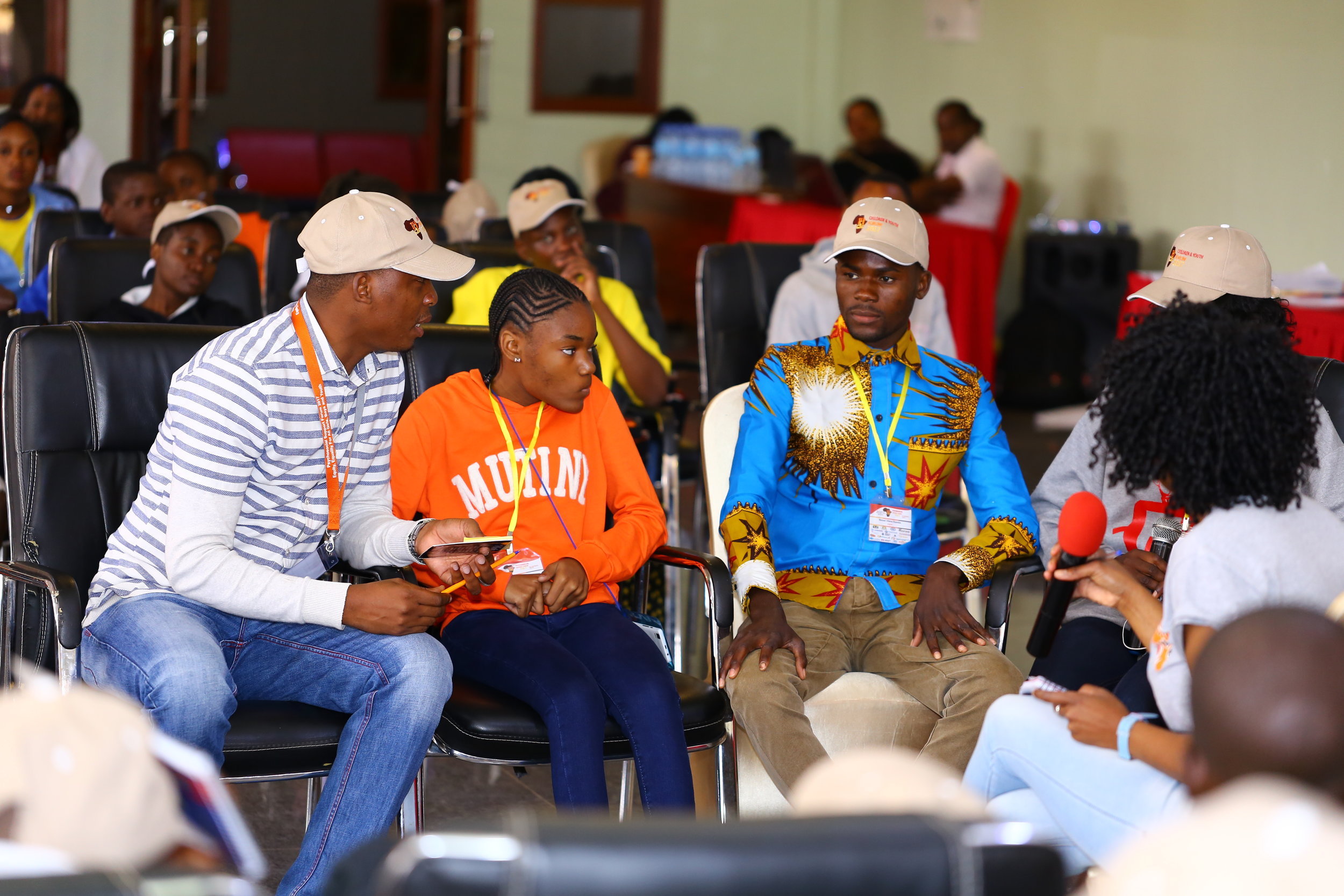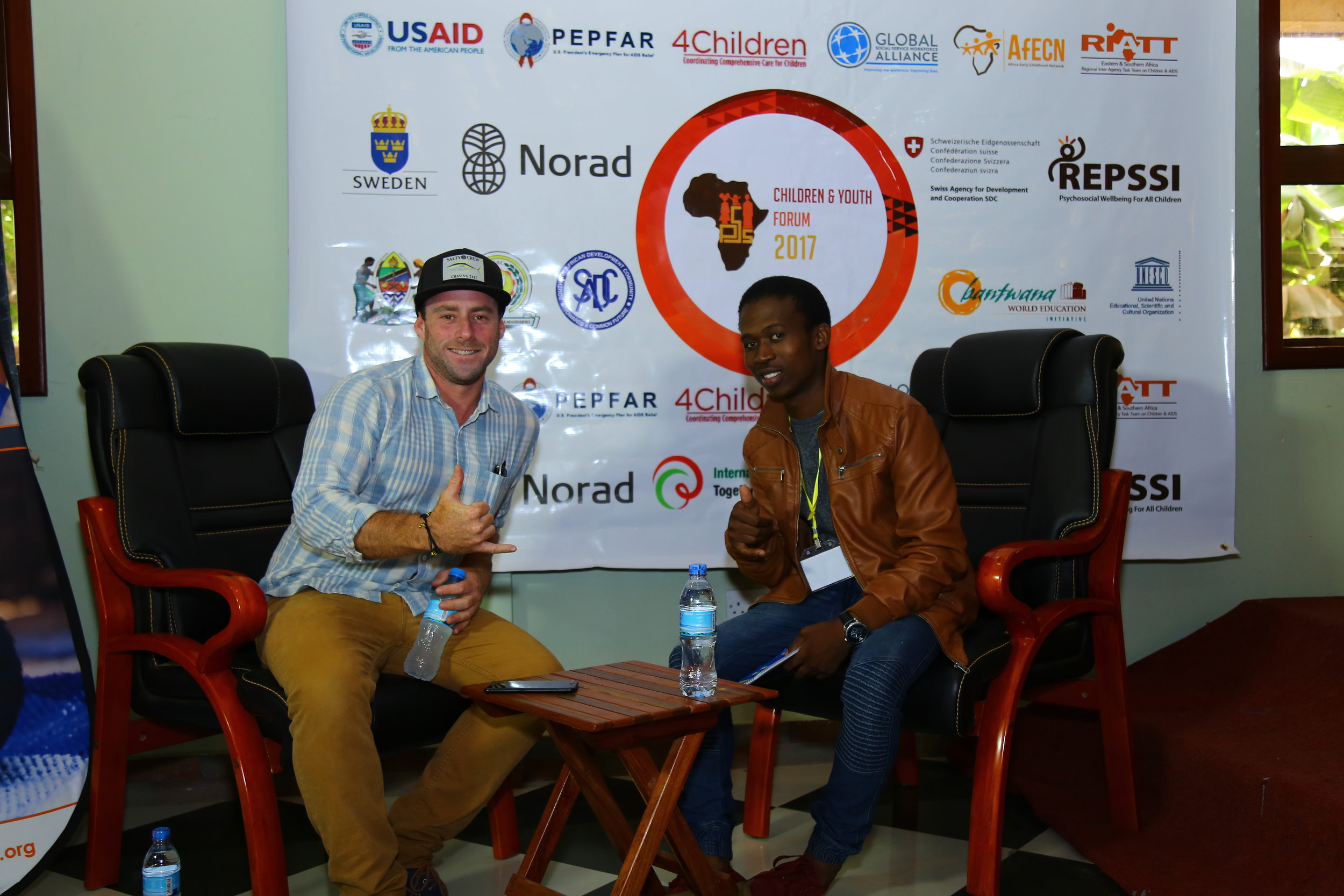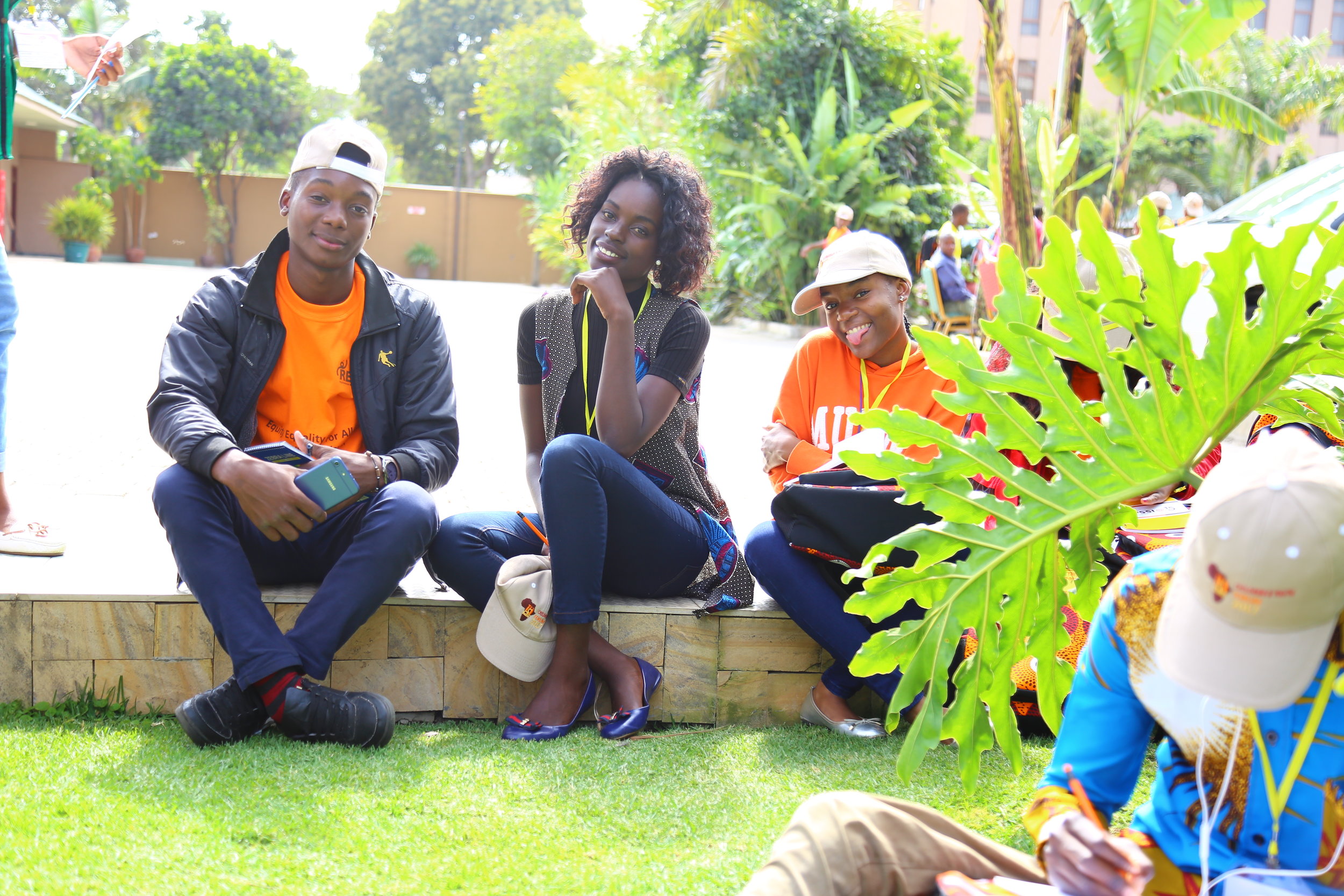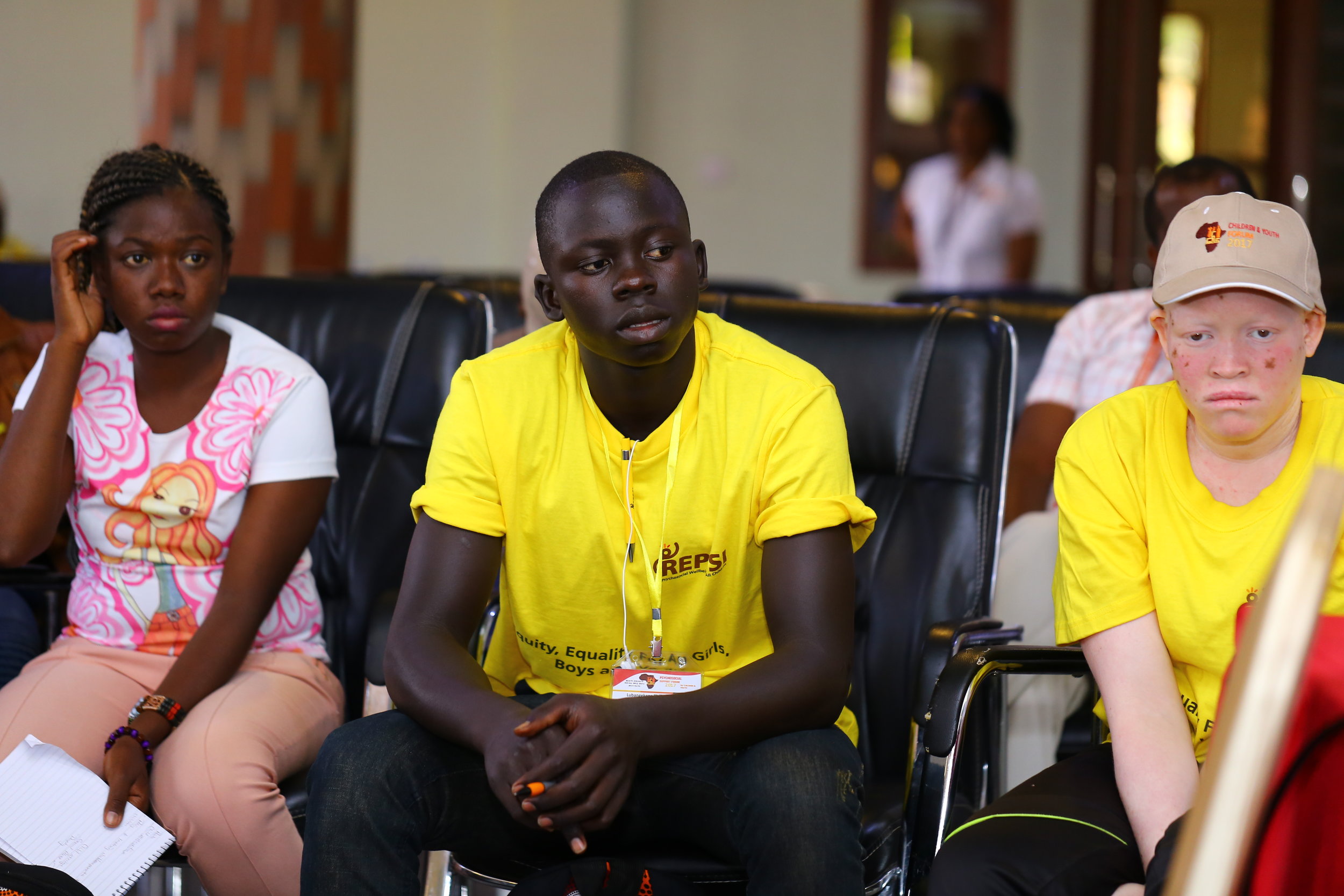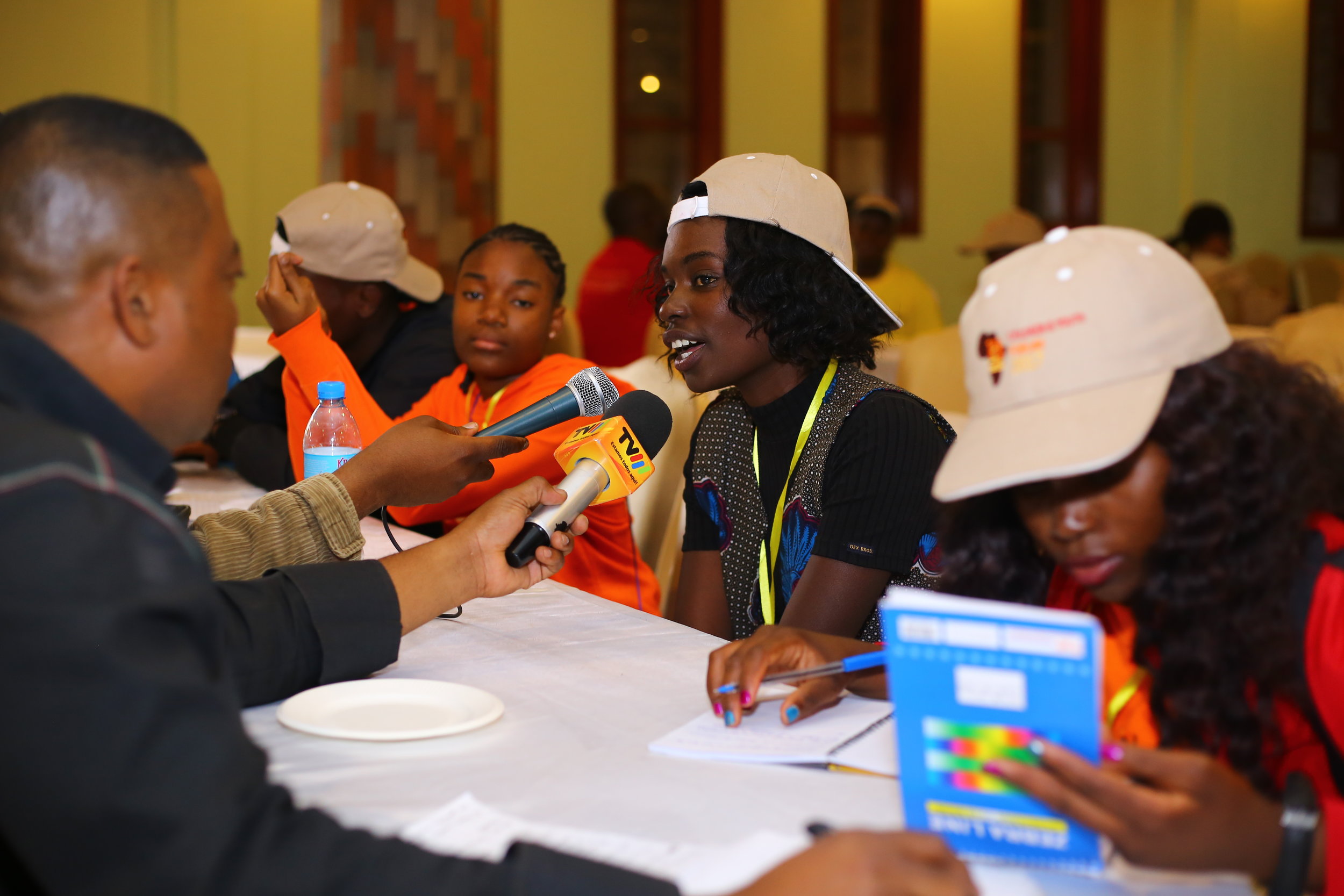Together GNP+ and ICW put up a web page dedicated to share information, resources and most importantly inspiring ways communities are taking action to protect the rights of people living with HIV.
Supporting HIV Affected Children Amidst COVID-19
Highlights from the Children and Youth Pre-Psychosocial Support Forum, 2017
RIATT-ESA partnered with REPSSI to co-host the Children and Youth Forum 2-3 September 2017, ahead of the Psychosocial Support Forum. The pre-conference brought together more than 80 young delegates between the ages of 12 and 25 years, from 13 eastern and southern African countries including: Tanzania, Angola, Botswana, Kenya, Lesotho, Malawi, Mozambique, Namibia, Swaziland, South Africa, Uganda, Zambia, Zimbabwe. Most of the delegates were students but among them were former child brides, student leaders, peer educators, junior journalists, community mobilisers, and living with HIV and disabilities.
Youth Discussions
The youth delegates discussed through facilitated dialogues and presentations their observations, experiences, perspectives and ideas on key development issues. Guest of honour Jake Glaser brought a strong message of courage in fighting stigma related to HIV, calling on the youth to not let their circumstances or heath define who they are. True to form, the youth asked some very personal questions! The messages empowered the youth to use the opportunity to take action by calling governments and civil society to support and protect children in Africa.
Click here to watch Jake’s Key note address to the youth: https://www.youtube.com/watch?v=Njz-2TwYerk
Some Issues identified by the youth as needing urgent attention include:
- Difficulties encountered by teenagers who become pregnant in being re-admitted and staying in school to complete their studies
- Violence against children, especially rape of girls
- Family and cultural pressures on girls to marry young
- Income opportunities for former child brides so they can support themselves and their children
- The challenges of growing up with HIV including treatment adherence and dating
- Pressures on young boys to make incomes to support their families at the expense of their education
- The increasing use of drugs among in and out of school boys
- The broadening of the formal school curriculum to include music and sport as career options
- Tokenism versus meaningful participation of young people in policy and programme development
Social Media
Harnessing the power of social media for advocacy was a key theme at the pre-conference. After going through a capacity building session the youth submitted a blogs which will be shared through the RIATT-ESA website until an independent platform can be set up. Partners will be invited to link and further disseminate them. The blogs will be judged by an independent panel and two winners will be awarded a tablet which will go a long way to support their advocacy efforts.
Follow @RIATTESA on twitter for updates and highlights posted during the Children and Youth Forum.
RIATT-ESA deeply appreciates the support of its partners, without whom this event would not have succeeded. A special thank you to Jake Glaser and his team from EGPAF, and Deborah Ewing and her team at the AIDS Foundation of South Africa
Webinar: Tackling HIV through Social Protection- Research Implications for Policy & Practice
Making the Children of Key Populations a Priority for Equitable Development
On World AIDS day 2016, Lisa Bohmer and Noreen Huni, Coalition Chair and Co-chair, authored a blog on the Huffington Post highlighting the challenges facing children of key HIV and AIDS affected populations.
Allow me to introduce you to a young, HIV positive mother—we’ll call her “Sarah”—in South Africa. Sarah is living in extreme poverty. To ensure her child has food and shelter, she is a sex worker, likely how she contracted the disease. Forced with the untenable choice of providing either food or childcare—she cannot afford both—she locks her baby in the house while she works. She is consumed with thoughts of how often the baby cries, and worries what will happen if her home catches fire or someone breaks in while she is gone.
Sarah is not alone. And her baby is far from the only child that is suffering.
Today, on World AIDS Day, we can’t forget that this experience is the reality for many of those whom the global health community has determined to be most vulnerable to HIV and AIDS-not only sex workers like Sarah, but also people who use drugs, transgender people, and men who have sex with men. While the global health community has worked for many years to determine the best way to fight HIV and AIDS among key affected populations, we know very little at all about their children.
Mothers and fathers from within the key population community are reluctant to formally register their children for fear of having them forcibly removed by the authorities, many of which regard key populations as unfit parents. As a result, their children remain largely hidden.To address this, over the past two years, the Coalition for Children Affected by AIDS, together with 10 other partner organisations, conducted the first global analysis of children of key populations affected by HIV and AIDS. The findings were deeply concerning.
Children of key populations face a double burden: both the affects of HIV and AIDS and entrenched exclusion by way of association with their parents. Stigma against their parents results in children going without education, health, or protection. Parents report feeling less able to take their child for medical care, fearing public shaming and abuse from health staff and other patients. Key population families regularly have to move to avoid stigma, causing major disruption to, and even abandonment of, their children’s education. Cases of neglect or violence against the children of key populations are taken less seriously by the police and often go unpunished. All of this creates long-term consequences on children’s psychological wellbeing and on their opportunities in adult life.
Because they are largely absent in the research, assessments, and monitoring that underpin development planning, government and nongovernmental organizations rarely target or resource interventions for these children. They also face entrenched structural exclusion from services and supports. For example, the criminalisation of key populations means that parents cannot apply for state social assistance for their children for fear of legal recrimination. Laws and policies promoting the automatic forced placement of children from the parents of key populations into alternative care also keeps family strengthening services out of reach.
The end result is that children of key affected populations are being overlooked and excluded. And this is entirely unacceptable. Furthermore, it is a major barrier to effective programming for key population parents, many of whom would be far more likely to participate in HIV interventions if the needs of their children were met first.
Supporting these children requires a holistic, family-centred approach involving stakeholders from across a range of development sectors working together. Organisations working on core development issues such as health, education, and social and child protection need to better target the children of key populations. And organisations within the HIV and AIDS sector need to prioritise more resources for this demographic.
Across all sectors, interventions must strengthen the capacity of parents and carers from key populations to provide and care for their own children. This includes:
- Investing in family-centred HIV services for the children of key populations—including diagnosis, treatment, prevention, care, and support—and ensuring that broader work on key populations support the whole family.
- Tackling the stigma facing children of key populations more effectively by engaging them directly to better understand how discrimination is experienced. In addition, we should extend and adapt the existing approaches used to combat stigma against key populations to include their children.
- Designing and delivering better care services for the children of key populations. For example, strengthening the capacity of key population families to care for and protect their own children, and prioritising support to keep families together.
- Supporting the children of key populations to reach their full potential through targeted inclusion in early childhood development and education programmes. As they grow, helping children to enrol and stay in school, making it a safe and stigma-free environment in which to learn.
- Strengthening laws, policies, and procedures, so that the children of key populations can access full citizenship, services and protection. This can be done by, for example, guaranteeing the right to a birth certificate regardless of the health status, drug use, identity, or work of the parents.
Achieving the aspirations of equitable development set out in the Sustainable Development Goals requires further research, advocacy and, above all, better support for children of key populations. Compassion and human decency requires us to ensure that this population has an improved chance at a healthy, productive life.
Further information on the CCABA can be found here.
Source: http://www.huffingtonpost.com/lisa-bohmer/making-the-children-of-ke_b_13337852.html






